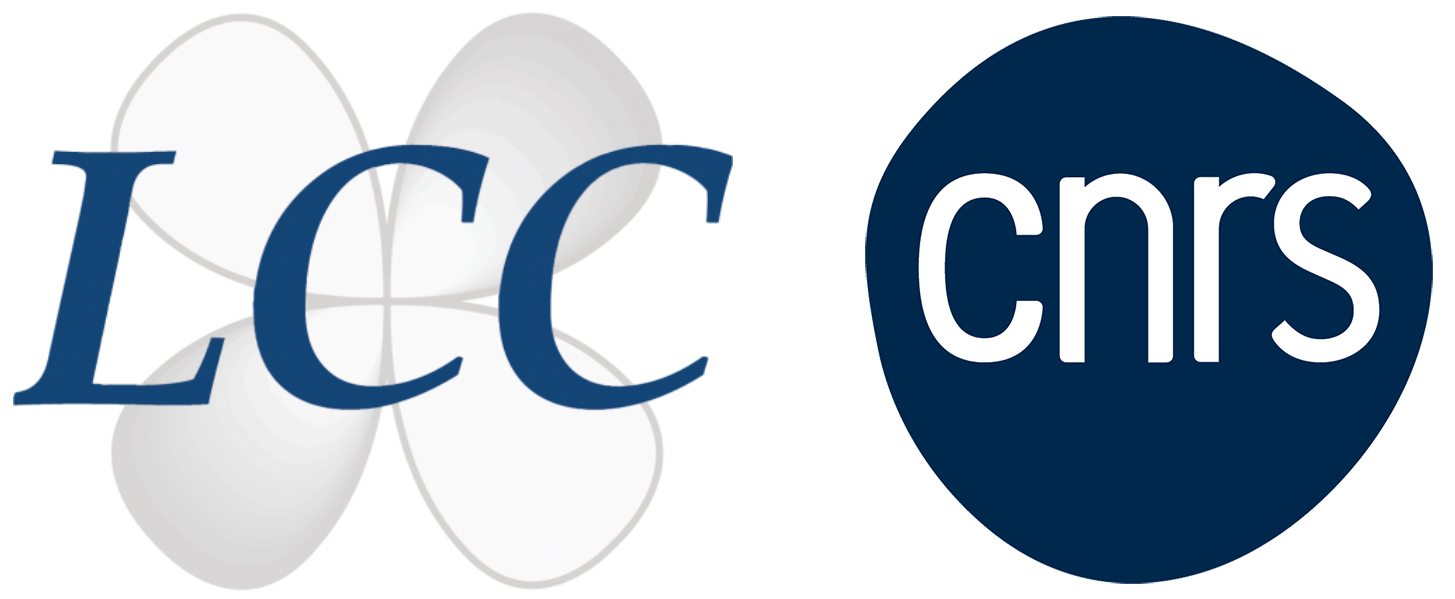
- This event has passed.
Seminar Dr Enrico Falcone

Dr Enrico Falcone
LCC CNRS, Toulouse
My journey into biological coordination chemistry: from Copper-binding peptides towards Lanthanide-binding proteins
In this presentation, I will give an overview of my past and future research lines, which are focused on the interaction of both natural and artificial peptides/proteins with metal ions, mostly copper (Cu) and lanthanides (Ln), for biomedical applications.
Cu is an essential element for most organisms, including humans, and its dyshomeostasis is involved in diseases such as Wilson‘s (WD) and Alzheimer‘s disease (AD) as well as cancer.
Labile Cu(II) in blood serum and urine is emerging as a diagnostic marker for WD and AD, and hence convenient methods to measure this specific Cu(II) pool are sought.1 To meet this need, during my PhD at the University of Strasbourg, I developed luminescent probes based on selective Cu(II)-binding peptides (bearing the so-called “ATCUN” motif) conjugated with luminescent Ln complexes for the detection of Cu(II) in biological media.2,3
Besides, emerging anticancer approaches based on Cu-ligands such as thiosemicarbazones and phenanthrolines are undergoing clinical trials. In order to get insights into the mode of action of such Cu-based anticancer drugs, I investigated their reactivity vis-à-vis dioxygen in the presence of physiological reducing agents (glutathione and ascorbate). This work unveiled an unusually faster oxidation of thiols at lower pH and suggested an unprecedented role of the acidic lysosomal pH in their cytotoxicity.4,5
Building on this experience on Cu-complexes, during my Post-Doc at the University of Nottingham (UK), I developed the first peptide-based mimics of the “Histidine brace” motif found in the Cu-dependent enzyme Lytic Polysaccharide MonoOxygenase (LPMO), which draws ever-growing industrial interest for lignocellulosic biomass valorisation.6
Finally, since I joined the Team F (ALAMBIC) at LCC, my work is focused on Ln-binding peptides and proteins for biomedical applications.7 In particular, inspired by natural Ln-binding proteins recently discovered in Ln-dependent bacteria, I aim to develop artificial Ln-proteins engineered with enhanced affinity and kinetic stability as well as intra-Ln selectivity, and to achieve their challenging site-controlled hetero-metallation, that is to control which Ln ions binds in a given site. This will pave the way for versatile applications, including multimodal imaging and theranostics.
References
1) E. Falcone, M. Okafor, N. Vitale, L. Raibaut, A. Sour and P. Faller, Coord. Chem. Rev., 2021
2) E. Falcone, P. Gonzalez, L. Lorusso, O. Sénèque, P. Faller and L. Raibaut, Chem. Commun., 2020
3) E. Falcone, B. Vileno, M. Hoang, L. Raibaut and P. Faller, J. Inorg. Biochem., 2021
4) E. Falcone, A. G. Ritacca, S. Hager, H. Schueffl, B. Vileno, Y. El Khoury, P. Hellwig, C. R. Kowol, P. Heffeter,
E. Sicilia and P. Faller, J. Am. Chem. Soc., 2022
5) E. Falcone, V. Vigna, H. Schueffl, F. Stellato, B. Vileno, M. Bouraguba, G. Mazzone, O. Proux, S. Morante,
P. Heffeter, E. Sicilia and P. Faller, Angew. Chem. Int. Ed., 2025
6) E. Falcone, R. Tomey, E. Turley, D. Cannella, D. Robinson and L. Ciano, Angew. Chem. Int. Ed., 2025
7) E. Falcone, E. Mathieu and C. Hureau, Chem. Soc. Rev., 2025
